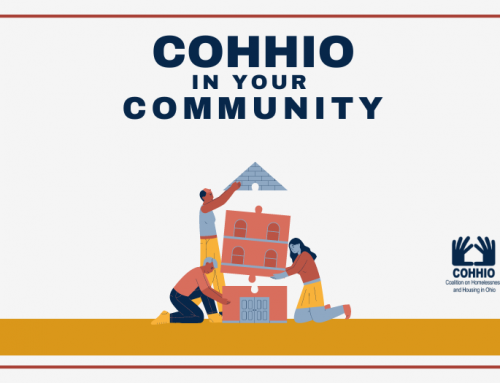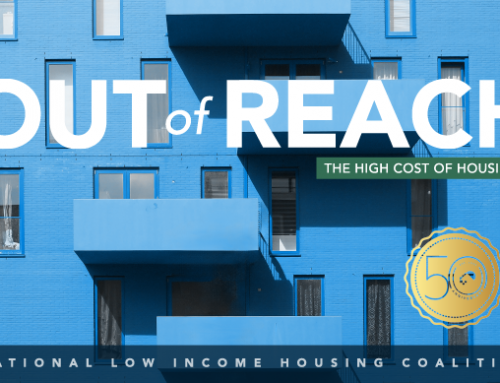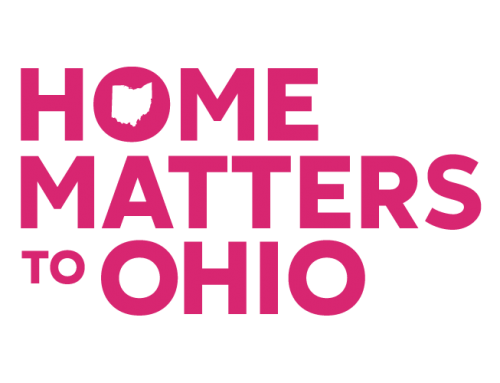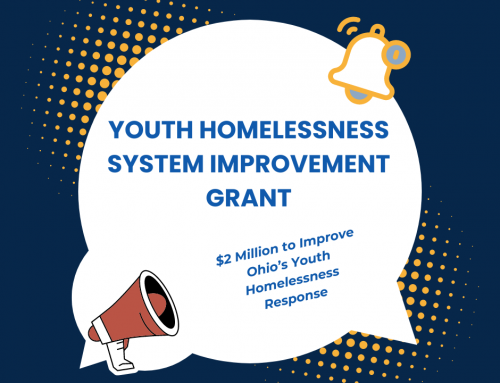On January 6 HUD’s Office of Special Needs Assistance Programs issued the following message to encourage homeless services providers, especially emergency shelters, take steps to mitigate the impact of the Omicron variant on people experiencing homelessness.
Over the next several weeks COVID-19 infections are expected to continue climbing as the Omicron variant predominates. The increased infectiousness of this mutation is causing surges in COVID-19 cases throughout the United States. While the Centers for Disease Control and Prevention (CDC) has reduced isolation periods for the general population in its updated Quarantine and Isolation guidance, released January 4, 2022, it clarified that the recommendation for isolation periods in high risk congregate settings, like homeless shelters, continues to be 10 days.
Continuums of Care (CoCs) and Emergency Solutions Grants Program (ESG) recipients should share this information with their state and local emergency management and public health partners and be prepared to emphasize how:
- Lower vaccination rates among people experiencing homelessness puts them at increased risk of hospitalization from COVID.
- Due to the increased risk of hospitalization from COVID among people experiencing homelessness, expanding isolation space for people experiencing homelessness is an effective hospital surge prevention strategy that should be undertaken right now in communities experiencing outbreaks.
- Increased access to isolation space should be provided for people experiencing homelessness to reduce community COVID spread in a highly vulnerable population.
- Expanded isolation capacity should be focused on meeting the CDC’s isolation guidance and is a joint activity with emergency management and public health.
As communities implement infection control measures in high-risk congregate settings, like homeless shelters, it is critical that programs use all available tools to limit the impact of COVID-19 on highly vulnerable individuals. Those measures include:
- Fully vaccinating all eligible populations – including booster shots for eligible populations;
- Requiring all staff and residents to wear masks inside all facilities, regardless of vaccination status;
- Maintaining or re-implementing six-foot distancing rules between beds and during meals;
- Making quarantine and isolations spaces available for symptomatic and COVID-19 positive individuals; and,
- Fully utilizing available non congregate sheltering options.
Available Resources
- Community Examples. Communities around the United States are re-examining procedures for enhancing practices to limit infection. An example from Seattle King County can be found here.
- SNAPS Office Hours. Join HUD’s Office of Special Needs Assistance Programs for this week’s Office Hours, which will focus on isolation and quarantine within congregate facilities and direct community examples.
- Technical Assistance. Homeless shelters and other homeless assistance programs may request technical assistance through the HUDExchange (select Health Preparedness and Response as the topic area), or from the CDC by contacting Eocevent366@cdc.gov.
- HUD COVID-19 Resources and Fact Sheets
